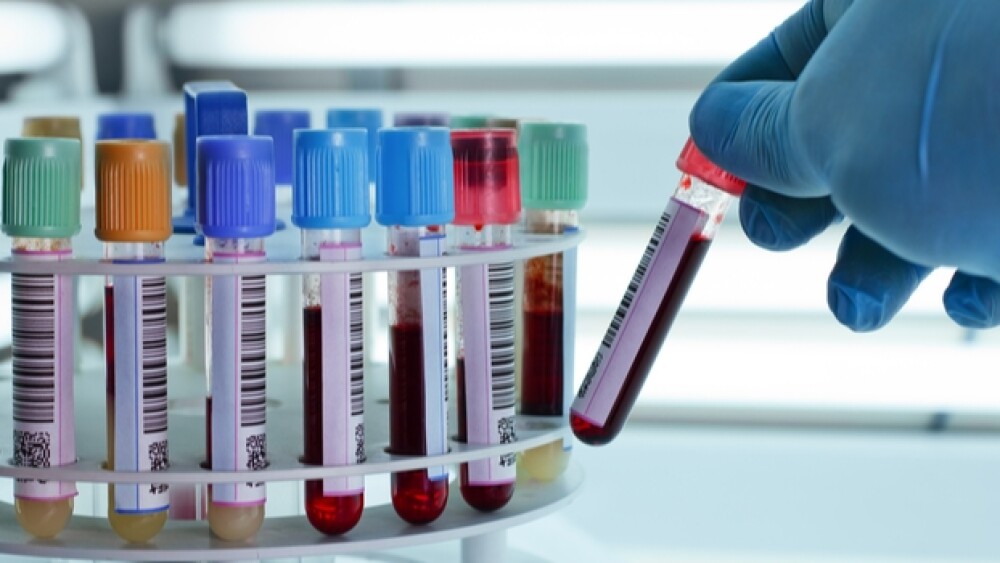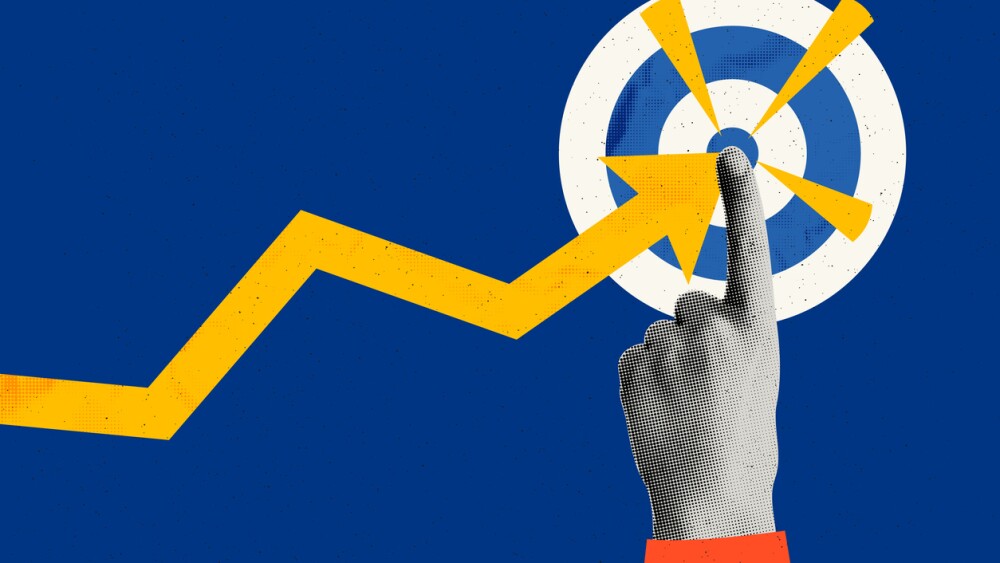The Stanford serology test provides results in two to three days and Stanford Health Care can test 500 samples per day. Know what more it has to offer.
Stanford serology test is finally here.
While the world waits for a vaccine against SARS-CoV-2, the novel coronavirus that causes COVID-19, one likely control and exit strategy is testing for immunity or an antibody test. Stanford serology test is different than the testing for the virus that determines if you have the disease. Antibody tests identify if you have developed antibodies against the virus, suggesting that you should have immunity against the disease, having been previously exposed.
On April 3, the U.S. Food and Drug Administration (FDA) approved the first blood test for antibodies against COVID-19. That was by Research Triangle Park, North Carolina-based Cellex. About the same time, Mayo Clinic developed its own antibody test and began offering it on April 6.
ad
Stanford Medicine researchers have joined the list of organizations that have developed an antibody test after the Stanford serology test was introduced, which was launched April 6 at Stanford Health Care. It is different from an externally developed test Stanford utilized for a prevalence study during a community screening event.
The Stanford serology test provides results in two to three days and Stanford Health Care can test 500 samples per day. It believes it can scale that up quickly.
“It’s essential to have the right tools to understand the biology of the novel coronavirus,” said Lloyd Minor, dean of the Stanford University School of Medicine. “This test takes us one step closer to answering the many public health questions about COVID-19.”
Although commercial antibody tests—also called serological tests—are being developed globally, Thomas Montine, professor and chair of pathology at the Stanford School of Medicine, says their quality is variable. “We thought this was an urgent medical need, and the usual supply chains were unreliable, so we decided to build our own.” He added, “Serological testing gives us a more comprehensive view of what’s happening in an individual who is infected, or has been infected, with the virus.”
Elitza Theel, director of the Mayo Clinic laboratory that offers COVID-19 antibody tests, told Minnesota Public Radio (MPR), “It’s important to know that these types of tests are different than all of the molecular tests that are being done off of nasal swabs or throat swabs. Those tests detect viral genetic material [to show whether the coronavirus has infected that person].”
Other Benefits of Stanford Serology Test
In some cases, it can take 10 to 11 days for an individual’s immune system to attack the virus and produce antibodies. This is why the antibody tests aren’t used to diagnose patients with COVID-19 that have shown symptoms within the last two or three days.
The Stanford serology test identifies two different types of antibodies, IgM, which show up early in the immune response but whose levels quickly drop, and IgG antibodies, which increases more slowly after infection, but generally, stick around longer.
“There’s limited data out of China and Europe showing that this appears to be the response pattern followed with this virus,” Montine said. “But no one has had this long enough to know how long after infection the antibodies persist.”
The Stanford test will have two findings: positive or negative for IgM antibodies, and positive or negative for IgG antibodies. The team began work on the Stanford serology test on March 22, focusing on ensuring the ability to manufacture large amounts of the reagents necessary, especially the receptor binding domain of the SARS-CoV-2 spike protein. They have validated the test with samples from patients who tested positive on the diagnostic tests as well as on plasma samples that were collected more than two years ago, which would guarantee they were negative for the virus.
They are now focusing on scaling up and determining who will be the first to receive the Stanford serology test. The top priority will likely be health care staffers and other people in the hospital setting.
“We’ve built sufficient inventory to support the test for at least six months,” Montine said. “We’re currently limited by the number of robots we have to run the test. We’re looking for more of them, but they’re not easy to buy right now. Ultimately, we aspire to provide serological testing to as many people in Northern California as we can.”
They are applying to the FDA for emergency use authorization.





